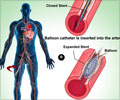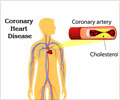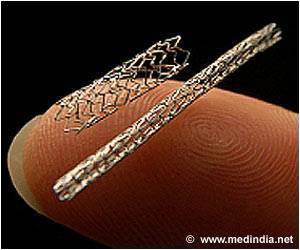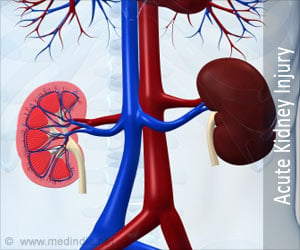New study finds improvements in both genders after implementation of the four-step heart attack protocol, and substantial reductions in care differences between men and women.

TOP INSIGHT
Four-step heart attack protocol improves outcomes and reduces gender gap in care.
In this study, Cleveland Clinic researchers put in place a comprehensive four-step protocol for STEMI patients, designed to minimize variability in care. It included: (1) standardized emergency department (ED) cardiac catheterization lab activation criteria, (2) a STEMI Safe Handoff Checklist, (3) immediate transfer to an available catheterization lab, and (4) using the radial artery in the wrist as the first option for percutaneous (under the skin) coronary intervention, like stenting. This approach has been shown to have fewer bleeding complications and improved survival when compared to using the femoral artery.
Prior to the protocol, women had significantly higher 30-day mortality than men (10.7 percent vs 4.6 percent) prior to the protocol. Providers were able to lower the overall mortality rates for both men and women, and the difference between the genders was no longer statistically significant (6.5 percent vs. 3.3 percent). In-hospital deaths of women with STEMI were reduced by about 50 percent.
In addition, there was also no difference in rates of major adverse events such as in-hospital stroke, bleeding, vascular complication and transfusions after implementation. Prior to the protocol, mean door-to-balloon time for women was an average of 20 minutes longer compared to men, but afterwards, the times were equal between men and women. The system also resulted in equal rates of guideline-directed medical therapy in women.
"It's long been known that the gender gap for these types of critical heart attacks is a real issue. However, there is very little data demonstrating successful strategies and no formal recommendation on how a system should be designed to provide the best possible care for women," said Umesh Khot, M.D., vice chairman of Cardiovascular Medicine at Cleveland Clinic and senior author of the study. "Our research shows that putting into place a system that minimizes care variability raises the level of care for everyone and could be the first step to resolving the long-standing gender disparities."
Source-Eurekalert
 MEDINDIA
MEDINDIA




 Email
Email










